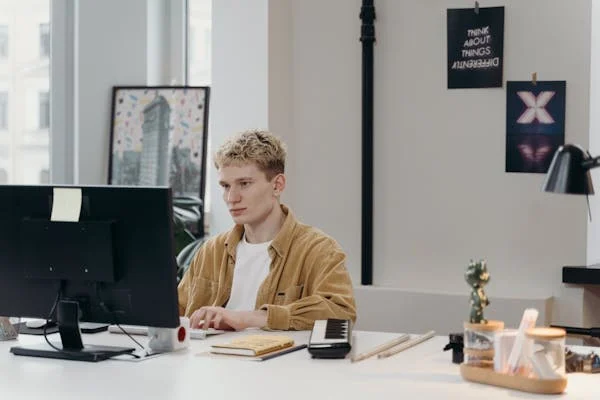Have you ever wondered how to add that extra flair to your digital designs by creating custom textures? Whether you’re a seasoned designer or just starting, crafting unique textures can elevate your projects and set them apart. Tools like a vector pattern generator make the process straightforward and incredibly creative. These tools allow you to experiment with endless combinations and easily refine your ideas. Let’s explore a step-by-step approach to creating custom textures that leave a lasting impression.
Understanding the Basics of Texture Design
Custom textures are all about adding depth and personality to your work. A texture can be subtle, like a soft grain for a minimalist poster, or bold, like a vivid geometric pattern for packaging. With a Vector design tool, you can create scalable textures that maintain quality across different applications.
The first step in designing textures is deciding on the purpose and feel of your design. Are you aiming for something organic, like a watercolor effect, or something more structured, like a grid-based layout? Knowing your direction early helps you make the most of available tools and techniques.
Preparing Your Base Design
Every custom texture begins with a solid foundation. Start by sketching or digitally creating the base elements of your texture. These could be simple shapes, hand-drawn doodles, or even scanned images. Once you have your base, you can import it into design software to refine it further.
When working digitally, think about shapes and patterns that will repeat seamlessly. This is where tools like pattern generators of Adobe come in handy. They help you arrange your base design so that it aligns perfectly when repeated. Adjusting your elements’ alignment, spacing, and orientation ensures a smooth and cohesive result.
Exploring Texture Variations with Pattern Tools
One of the most exciting steps in texture design is experimenting with variations. You can tweak parameters such as color, scale, and symmetry using a vector pattern generator to create different versions of your texture. This process encourages creativity, as small changes can lead to new outcomes.
For example, increasing the spacing between elements can give your texture a light and airy feel, while tighter arrangements create a dense, impactful look. Similarly, adjusting colors can transform a neutral design into something bold and vibrant. Don’t be afraid to test multiple options before settling on the final look.
Adding Depth and Detail
Once you’ve established the primary pattern, it’s time to enhance your texture with depth and detail. Consider layering additional elements, such as gradients or subtle overlays, to add dimension. You can also incorporate effects like shadows or highlights to make your design pop.
Pay attention to the balance between simplicity and complexity. Overloading your texture with too many details can make it look cluttered while leaving it too plain might not capture attention. A well-designed texture strikes the perfect balance, drawing the viewer in without overwhelming them.
Testing and Applying Your Custom Texture
Before finalizing your texture, it’s essential to test how it looks in its intended application. Whether it’s a website background, a print design, or product packaging, seeing your texture in context ensures it meets your expectations.
Check for issues like alignment, color contrast, and scalability. A high-quality texture should adapt well to different sizes and mediums. If adjustments are needed, return to the pattern generator and refine the design until it’s right. Once complete, you’ll have a unique, custom texture ready to enhance your creative projects.
Custom textures are a fantastic way to add originality and depth to your designs. By combining foundational elements with the versatility of pattern generators, you can craft scalable, professional-quality textures tailored to your vision. Explore these steps today and see how far your creativity can take you!





